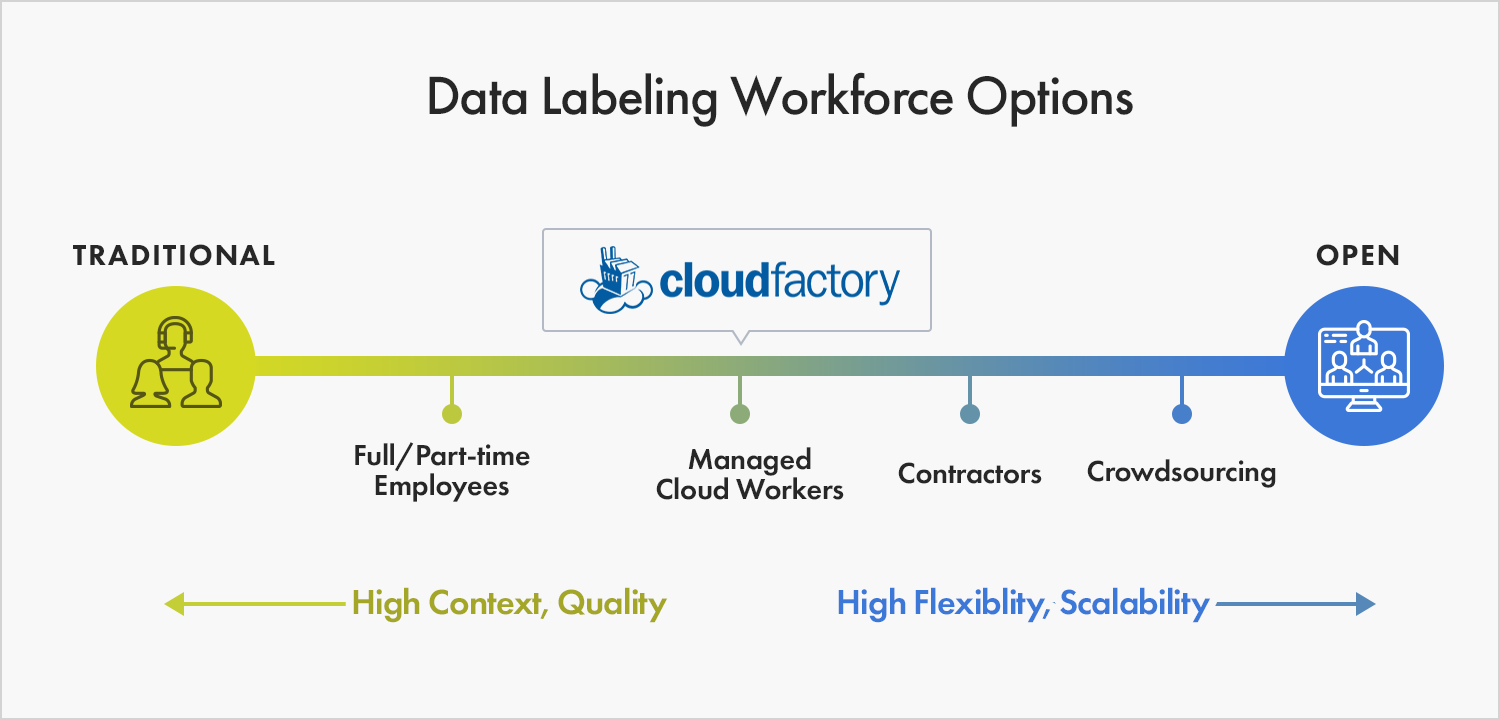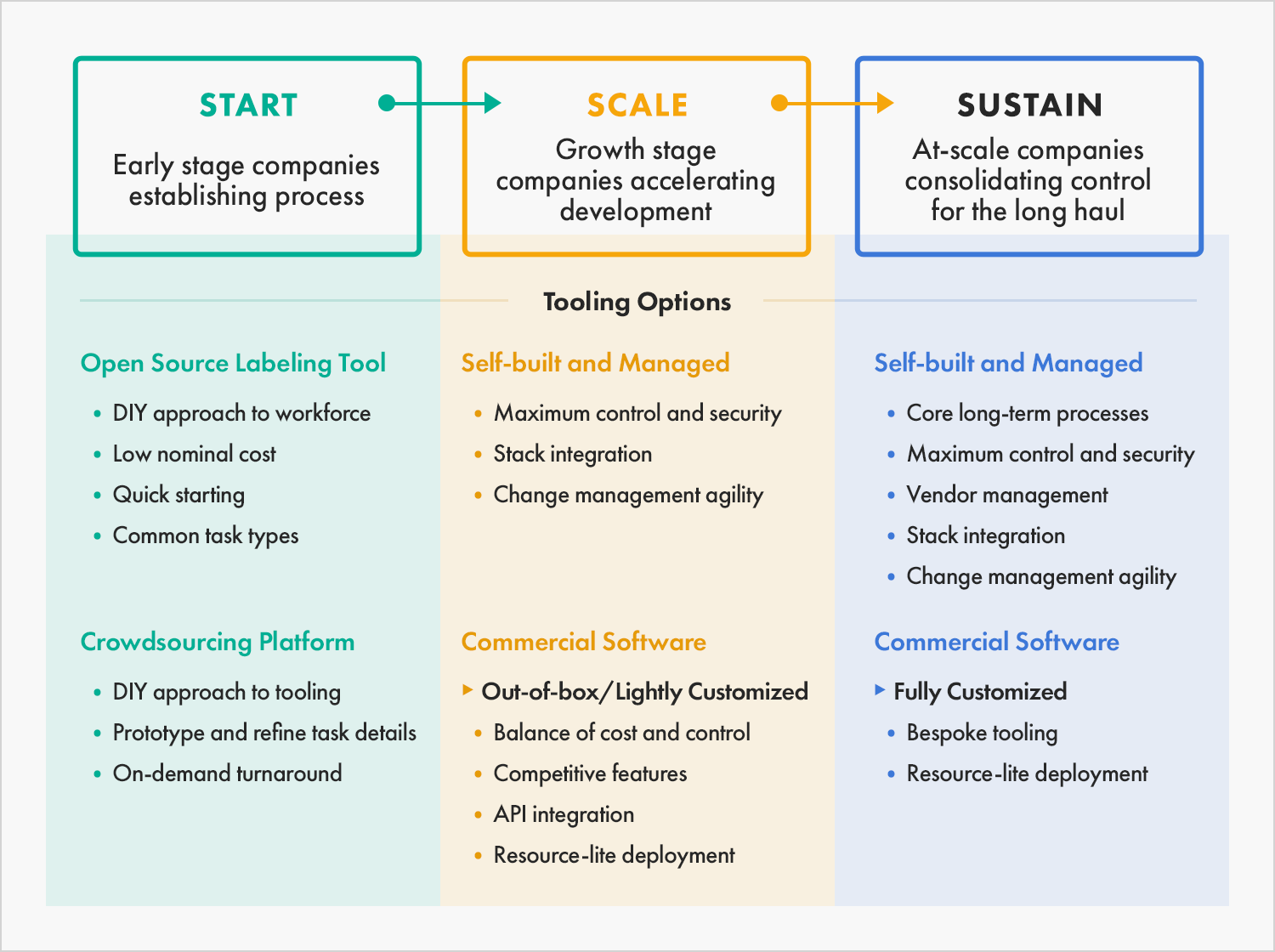In today’s Internet age, most companies deal with large data sets in one way or another. Data is an important tool to help companies optimize operations. Depending on the industry, the required data is also different. In many cases, data labeling is required. So, what is data labeling? What are the types of data annotation? Let’s introduce it below data
What is data labeling?

Data annotation is the process of processing unprocessed voice, picture, text, video and other data and converting it into machine-recognizable information. Raw data is generally obtained through data collection, and subsequent data labeling is equivalent to processing the data, and then sending it to artificial intelligence algorithms and models to complete the call data
In the world of artificial intelligence and machine learning, data labeling plays a crucial role in training algorithms and improving the accuracy of models. Data labeling, also known as data annotation, is the process of assigning tags or labels to raw data to provide meaningful information for machine learning algorithms. In this article, we will explore the concept of data labeling, its importance, and the different methods used in this process.
Data labeling involves human annotators manually reviewing and analyzing data to assign relevant labels or tags. The labeled data serves as a reference or ground truth for machine learning algorithms to learn patterns, make predictions, and perform tasks accurately. It helps algorithms recognize and understand patterns, objects, or concepts within the data, enabling them to make informed decisions and provide accurate outputs.
What are the types of data labeling?
Text annotation focuses on adding labels and descriptions to raw text, enabling AI to recognize and understand how typical human sentences and other textual data construct meaning data
Image annotation focuses on labeling images with metadata, keywords, and other descriptors that explain how the image relates to other image descriptors. Image annotations make images accessible to users using screen readers, and help sites like stock image aggregators identify and serve photos for user queries data
3. Audio annotation
Many mobile and Internet of Things (IoT) devices rely on speech recognition and other audio understanding capabilities, but they can only learn auditory meaning through the practice of audio annotation. Audio annotators process raw data in the form of speech and other sound effects, and then tag and classify audio clips based on qualities such as pronunciation, intonation, dialect, and volume data
Video annotation combines multiple features of image and audio annotations to help AI assess the meaning of sound and visual elements in video clips. Video annotation is becoming especially important in the development of technologies such as autonomous driving in cars and IoT devices in the home.
The benefits of data labeling:

Data labeling impacts a wide variety of artificial intelligence and machine learning techniques and brings many benefits to the company and its customers:
1. Chatbots and voice assistants have been trained to have more human conversations with customers data
2. Return higher quality results for search queries data
3. Home IoT devices can detect everything from human voices to movements in the home, improving accessibility and home security data
4. Online videos, images, and articles are becoming more accessible to users who are visually or hearing impaired. Speech recognition technology has also increased the range of accessibility on mobile and desktop devices data
5. Facial and body recognition tools can be used for everything from increasing biosecurity to AI medical diagnosis data
6. New technologies such as autopilot can read and act on scene-based data to replace most human actions data
